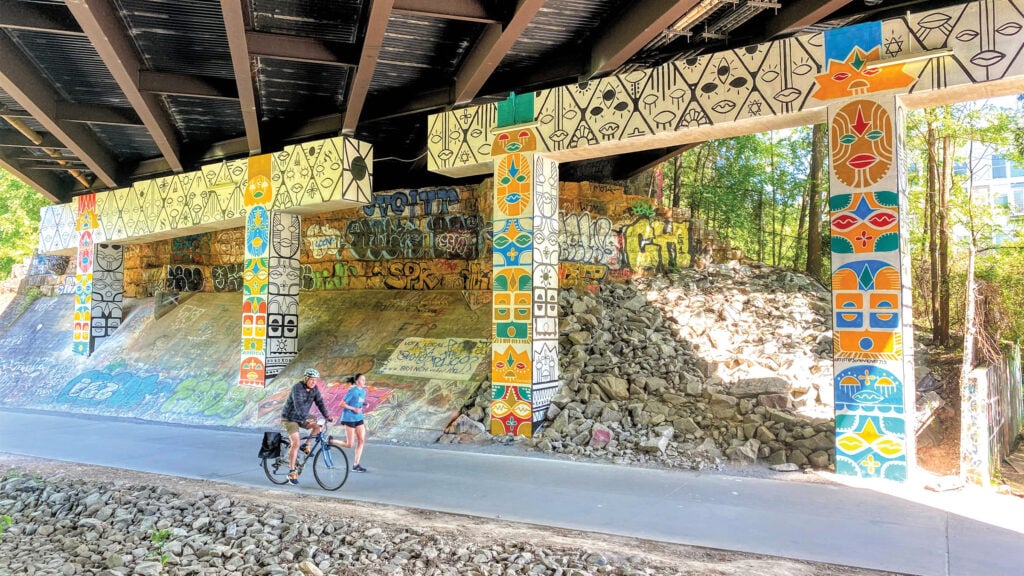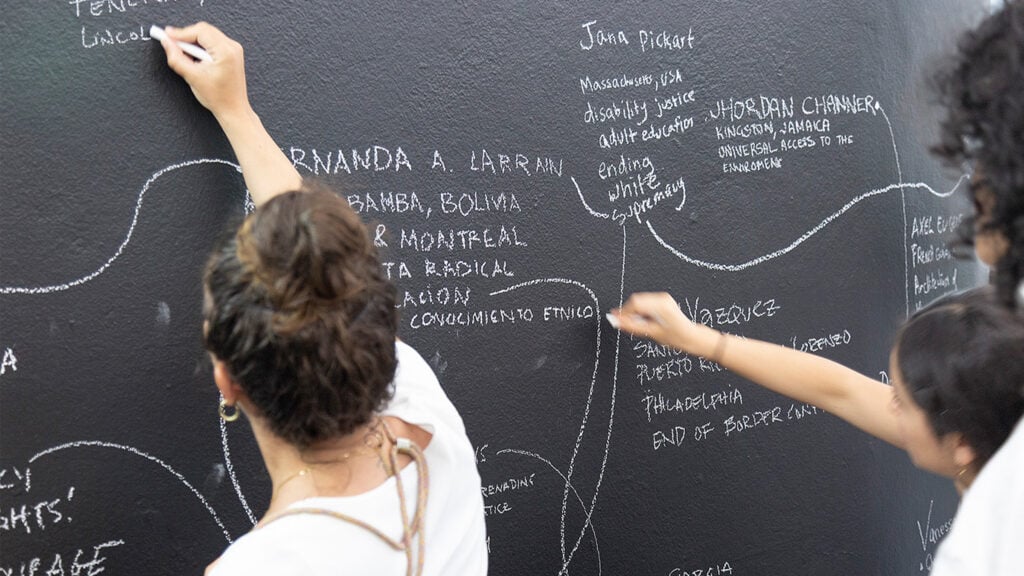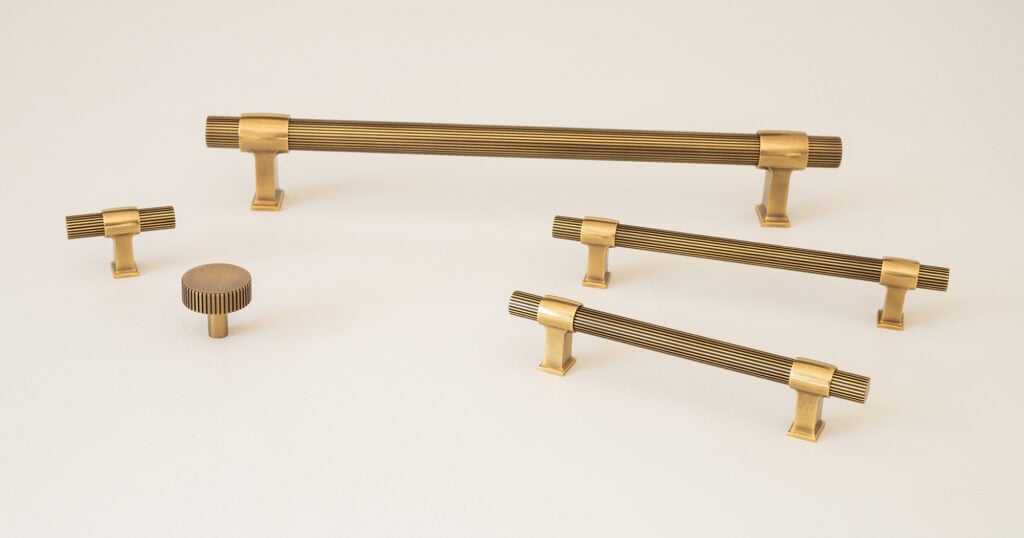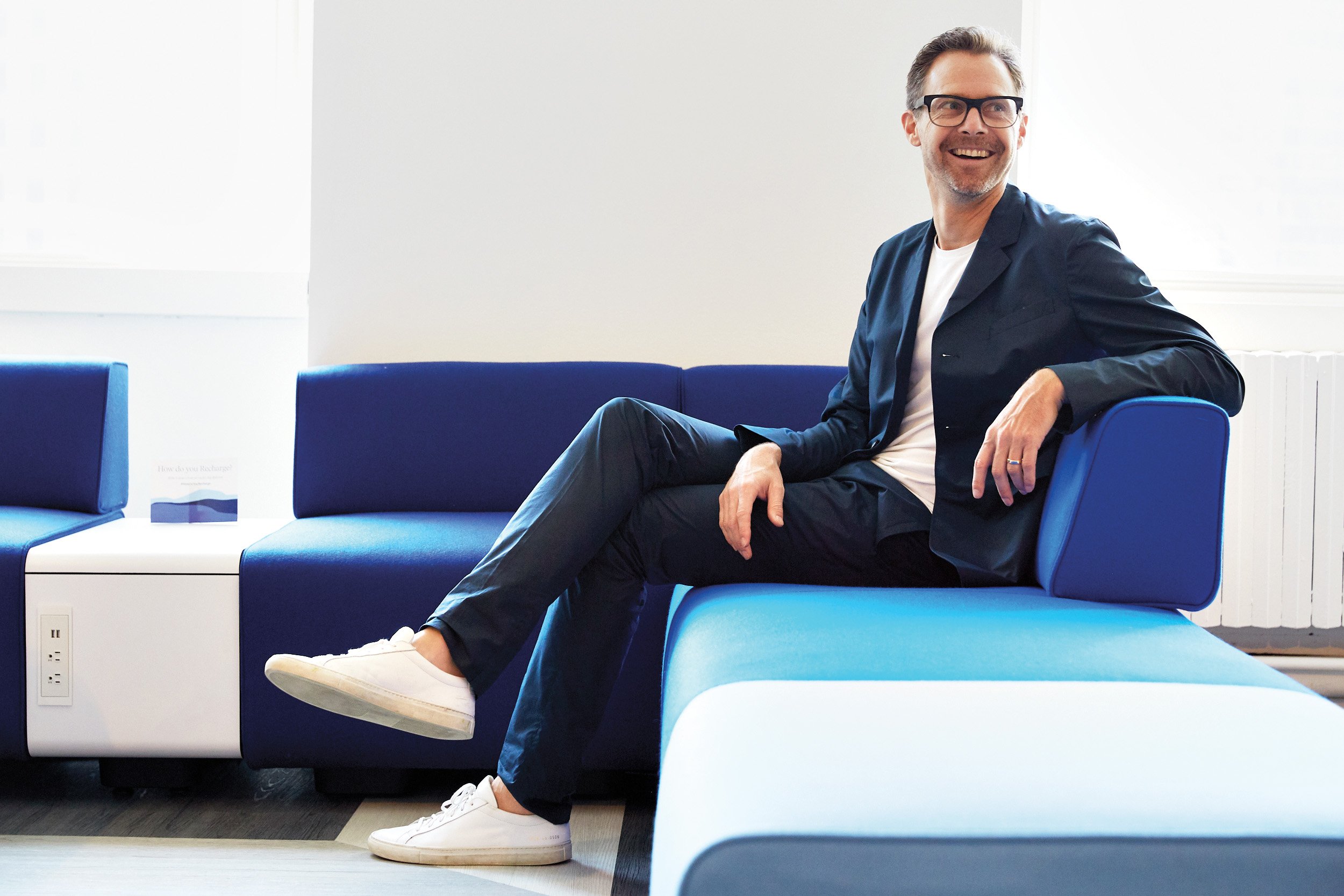
August 28, 2024
Chris Adamick Designs for Life
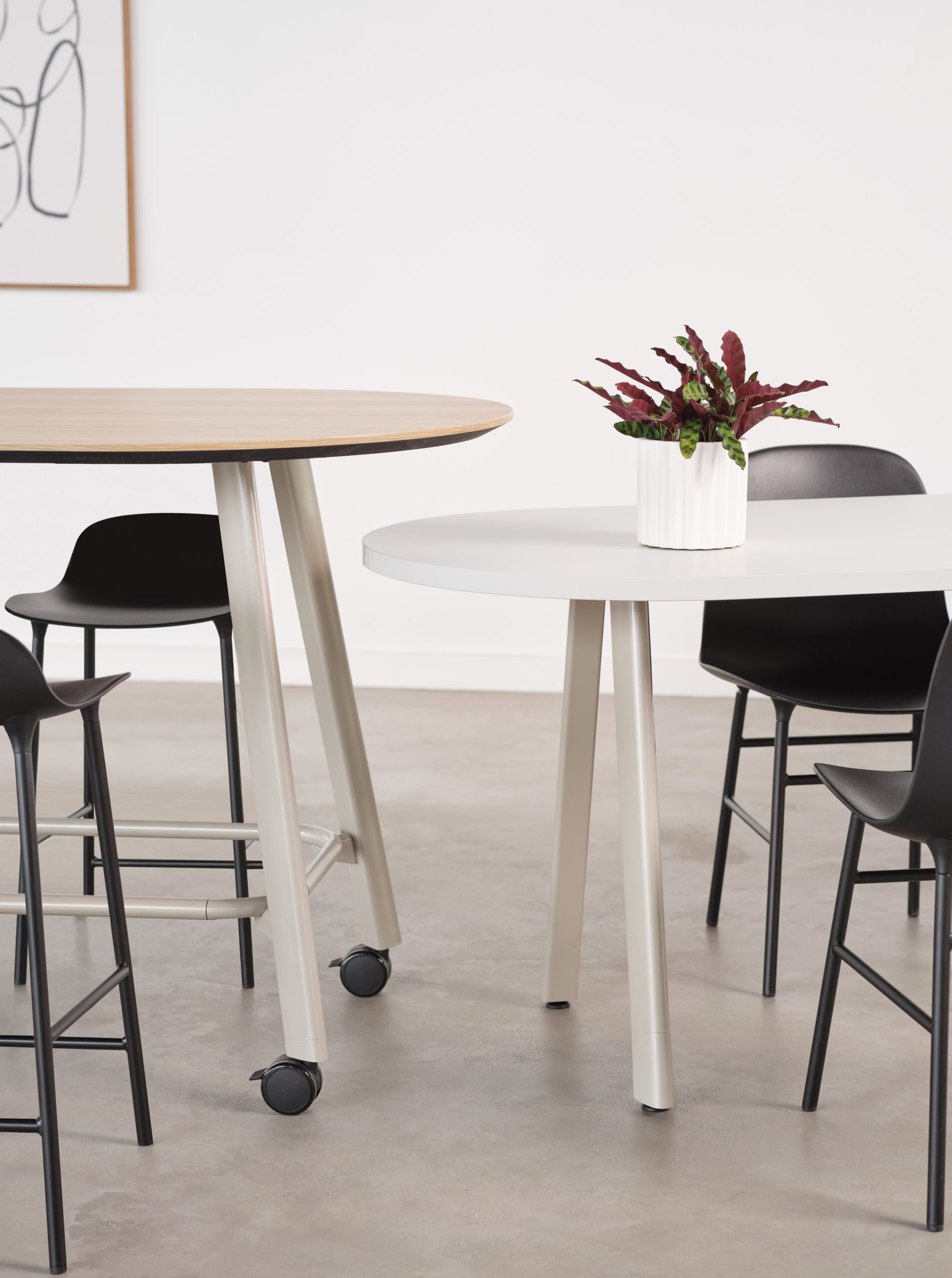
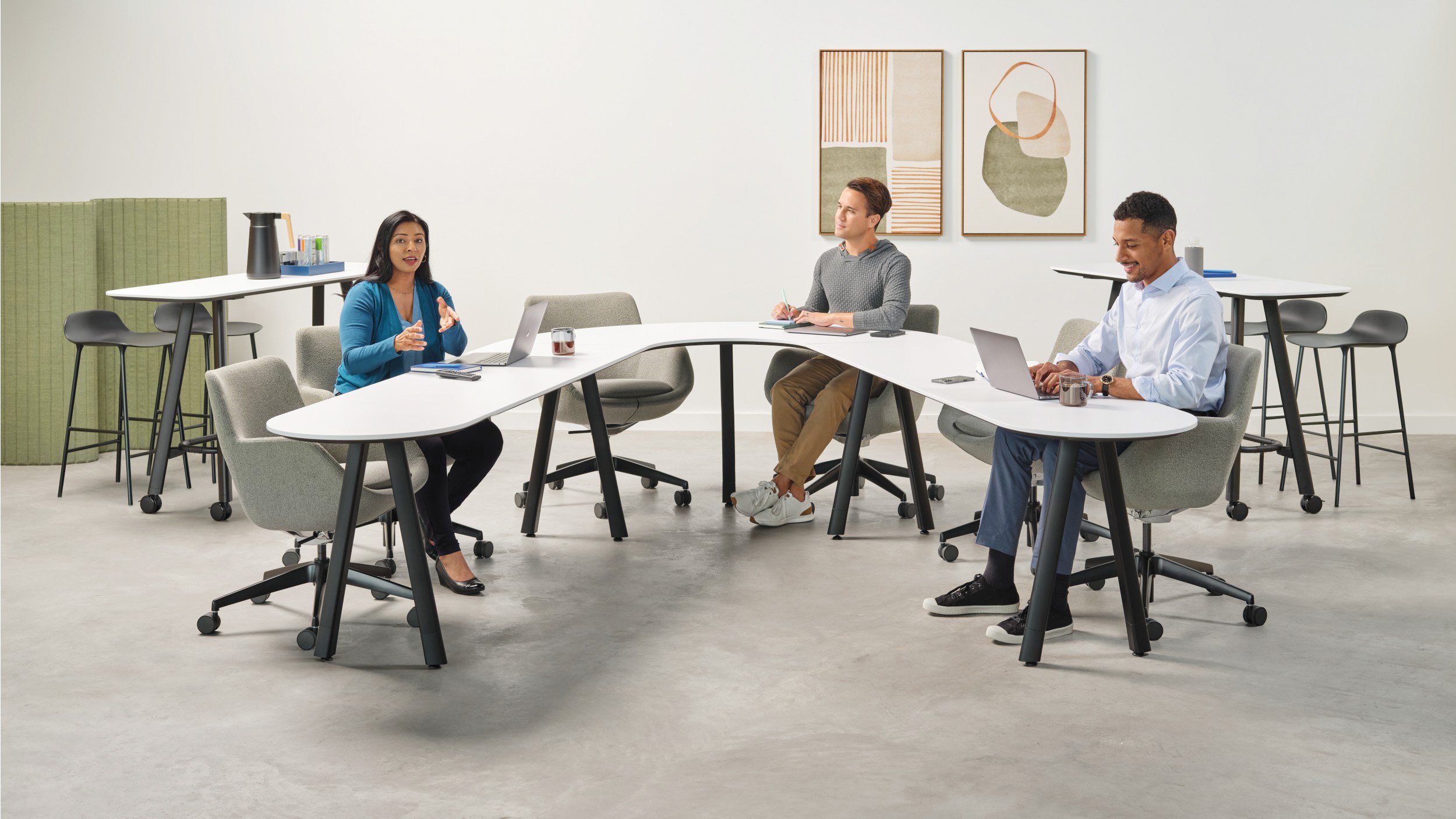
He went on to study fine art at UCLA, and under instructor Jorge Pardo—the famed Cuban-American sculptor who often incorporates elements of design in his work—he was convinced to continue his education at ArtCenter College of Design, where everything came together. With a master’s degree in environmental design, he landed a job at RIOS in Los Angeles and eventually found himself at influential graphic design firm Pentagram. While helping imagine a family experience for a multinational retail client during his time at the former, he helped develop a wayfinding scheme for a Tadao Ando–designed building in Mexico in his capacity at the latter.
“Working at Pentagram was a dream, but it required hard work,” the designer reflects. “I felt very encouraged and welcomed because I had a great rapport with some of the partners who I found to be curious, unique, and independent. They inspired me to envision a life working for myself rather than as an employee.”
Branching out on his own and making a foray into the previously uncharted waters of commercial furniture, Adamick got his first big break with the development of the Audio chair for Bernhardt, which the company’s president Jerry Helling chose to emphasize at the brand’s Milan Design Week showcase. Other major collaborations followed, including the Constellation Table for Corral and the Toluca armchair for Martin Brattrud.

Admix, his latest collection developed for Iowa-based office furniture manufacturer Allsteel, is a new system of radically flexible tables aimed at collaborative work. “The post-pandemic world has represented the most significant change in our work lives since the Industrial Revolution,” Adamick explains. “We thought, what if hybrid work schedules allowed businesses to hire a wider range of people such as new parents, neurodiverse individuals, physically disabled people, and those who live far away?”
The resulting suite of products flattens hierarchies, affords multiple postures, and facilitates remote participation in a sensitive way, allowing teams to be more creative and resilient. The tables were configured so that no one ends up assuming the traditional position of power or being put on the spot. Easily interchangeable components allow for adaptability and personalization, which—according to the designer—people are craving. The collection officially debuts at NeoCon 2024 and is his first comprehensive collection to hit the contract market.
“Designing this type of commercial furniture is challenging because of the need to balance our deeply personal relationship with these items with the complexity of manufacturing,” he concludes. “There is also a symbolic dimension to furniture where we can explore and communicate value sets through forms and materials. I feel that there is a mysterious quality to great furniture. It’s not just beauty paired with functionality but something else entirely. I think it needs to feel like it has its own life or soul.”
For him, it comes down to uncovering and clarifying problems so that they can be properly addressed: “The best outcomes are those that are beautiful because they improve life in subtle ways.” Adamick has spent the past 20 years making paradigm-shifting design decisions—like the complete lateralization of conference room tables—that respond to major changes in society and, in turn, have longer life spans.
Would you like to comment on this article? Send your thoughts to: [email protected]
Latest
Projects
The Project That Remade Atlanta Is Still a Work in Progress
Atlanta’s Beltline becomes a transformative force—but as debates over transit and displacement grow, its future remains uncertain.
Profiles
WAI Architecture Think Tank Approaches Practice as Pedagogy
Nathalie Frankowski and Cruz García use their practice to help dismantle oppressive systems, forge resistance spaces, and reimagine collective futures.
Products
Functional Beauty: Hardware That Does More Than Look Good
Discover new standout pieces that marry form and function, offering both visual appeal and everyday practicality.



